#European society
Photo
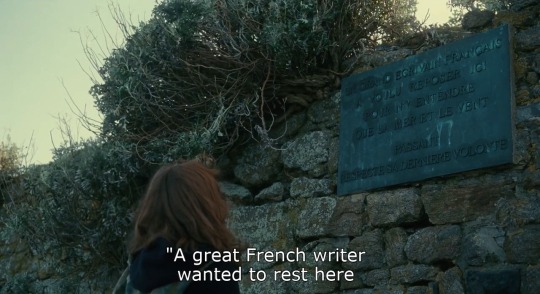
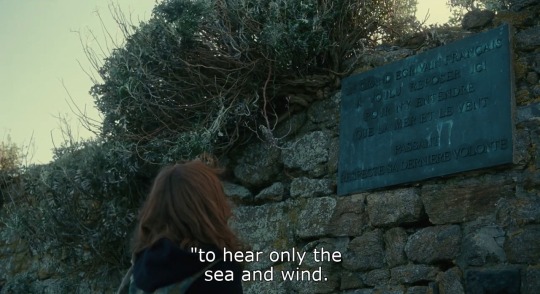

L'avenir [Things to Come] (Mia Hansen-Løve - 2016)
#L'avenir#Things to Come#Mia Hansen-Løve#André Marcon#Isabelle Huppert#Roman Kolinka#Édith Scob#independence#European cinema#freedom of thought#teachers#happiness#philosophy professors#2010s movies#European society#life#Le cose che verranno#midlife crisis#family#women#books#French countryside#Paris#France#drama film#relationship#cinema français#poets#poetry#intellectuals
49 notes
·
View notes
Note
Why do you like vampires specifically, what do you like of them?
the sucking and fucking
#ask#also many several deep complex reasons#and if i were to divulge into them i would actually never shut up#its the. vampyrisim being a metaphore for otherness. for queerness#them being originally created (in europe at least) to be cruel representations of jewish people - immigrants and eastern europeans - and#these people reclaiming them. the reclamation of vampires to be the 'others' the ones that are ostracized by society#and people finding solidarity in that. vampires are queer their entire mythology is inherently queer as well so its beautiful in its own wa#vampires were transformed from cruel caricatures with intent to portray the fears of xenophobic english men to#complex deeply thought-out characters that embrace their differences from 'humanity' and live in their true identity#remember when i said “i cant delve into this otherwise i wont stop talking” yeah sorry it happened anyway
689 notes
·
View notes
Text
"why couldn't shuro have just been honest about what he felt with laios and falin it's not that hard" are you. are you White
#dungeon meshi#shuro#toshiro nakamoto#look you can hate him for other things but this is very clearly a case of cultures (& personalities influenced by these cultures) clashing#shuro is japanese/east asian-coded and laios is european white boy#i am not japanese but i also come from a collectivistic society#pakikisama is a filipino value both prized and abhorred#it relies heavily on being able to read social cues and prior knowledge of societal norms#shuro being from a different country/culture is important to his character#his repressed nature is meant to contrast with laios' open one like that's the point#they both had similar upbringings but different coping mechanisms#shuro explicitly admits that he's jealous of laios being able to live life sincerely#anyway the point is they were operating on different expectations entirely and neither had healthy enough communication skills#to hash things out before they got too bad#re his attraction to falin i personally believe he unfortunately mpdg-ed her#she represented something new & different. a fresh drink of water for his parched repressed self#alas not meant to be#i'll be honest the way ryoko kui handles both fantasy & regular racism in dm is more miss than hit for me#i don't doubt that a lot of the shuro hate is based off of marcille's pov of him#marcille famously racist 😭#characters' racist views don't often get (too) challenged#practically everyone is casually racist at some point#anyway. again if you're gonna hate shuro at least hate him for being complicit in human trafficking & slavery#he couldn't help falling for the wrong woman goddamn 😭#calemonsito notes
187 notes
·
View notes
Text
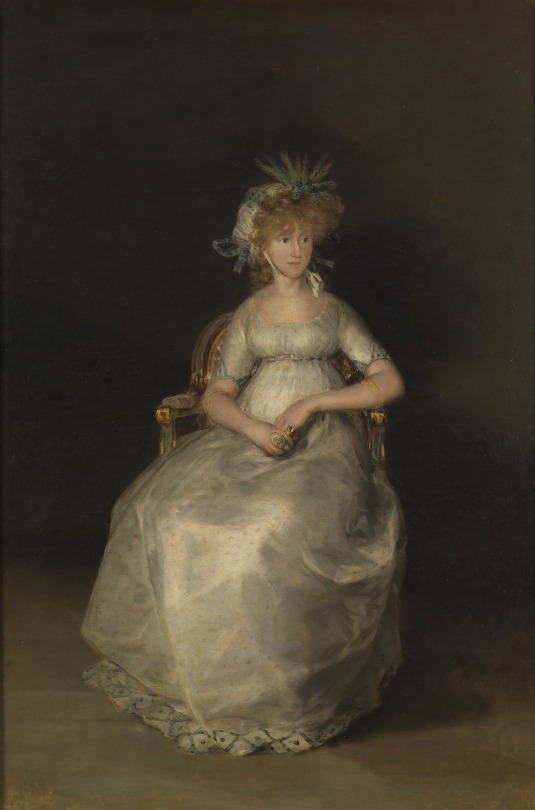
Francisco de Goya (Spanish, 1746-1828) • María Teresa de Borbón y Vallabriga, Condesa de Chinchon • 1800 • Museo del Prado, Spain
#art#painting#fine art#art history#goya#romanticism#francisco goya#portrait#oil painting#society portrait#the white dress#la robe blanche art blog#art blogs on tumblr#rococo#early 19th century european art#master painter#women in white#art lovers on tumblr
88 notes
·
View notes
Text
It is deeply unfortunate that Anne Rice and white culture is hyperobsessed with Europe as the supposed hub of culture so all the "it" vampires flock to Europe and France specifically, because I genuinely think Louis and Claudia would have had a ball in Rio
#vampfam#iwtv#interview with the vampire#louis de pointe du lac#claudia du pointe du lac#iwtv claudia#as someone who ahs traveled a lot. and been to europe and brazil. they would have loved brazil#they might have experienced racism but they are also 1: extremely rich and 2: american they would have been fine#plus theyre lightskin (or at least bailaudia was) and that color caste system is in full effect they would have had a ki#but no i think theyll be “fine” in that theyll be accepted by larger society more easily bc of their class positions and americanness#europeans often see american blackness as exotic. like how some people react to hearing Australian accents. at least in my experience#now if they were Senegalese or Haitian or algerian or any of that theyd be dead but they arent so they good for rn
98 notes
·
View notes
Text
Who was the last deadly victim of the Spanish Inquisition?
Technically, the last victim sentenced to death by the Spanish Inquisition was María de los Dolores López, a Sevillian nun killed in 1781 for heresy. However, things didn't stop there.
The Spanish government of the Three Liberal Years (1820-1823) technically abolished the Inquisition, but the Inquisition continued the same now under the name of "Faith Tribunals". The same men who were inquisitors continued to do the same job as members of the Faith Tribunals, and the Inquisition's prisons simply became the Faith Tribunal's prisons. De facto, everything stayed the same until 1834.
Then, who was the last person killed by these fanatic tribunals?

It was this man: Gaietà Ripoll i Pla. A teacher sentenced to death in the city of València in the year 1826.
He was born in Solsona (Catalonia) in 1778. He fought in the Peninsula War against Napoleon's invasion, but in 1810 was captured as a prisoner of war and taken to France. There, he met Quakers and converted to Deism (belief in God that can be observed through empirical means, but not follower of one specific religion or Church). Four years later he came back and became a teacher.
He taught children in Russafa (nowadays, this town has been absorbed by the growing city of València and has become a neighbourhood of València), in a house built by the neighbours and also giving private lessons. Russafa was a very rural town, where most of its inhabitants worked in the fields and did not know how to read nor write.
Writings of the time show that Gaietà was very respected by the neighbours, who praised his integrity and goodness, but the fact that he did not go to mass caught people's attention. When a local woman asked him why he didn't go, he answered that he knew more than the priests. After some time, some neighbours told the Archbishop of València that this teacher was not following Catholicism's rules and wasn't making children pray in school.
He was arrested in October 1824 and jailed for two years in what used to be the Inquisition's prison in València, which was now the Valencian Faith Tribunal's prison. The inquisitor (now president of València's Faith Tribunal) Miguel Toranzo wrote that Gaietà refused to accept the truth of Catholicism and that he told children in his school that they should not say Ave María Purísima and that it's not necessary to hear mass in order to be saved.
To sentence him to death, the tribunal used the Medieval Partidas laws from Castile, which sentenced to death those Christians who had walked away from Catholicism to become heretics or Jewish. He was sentenced to be hanged and burned, but the sentence added that "nowadays no nation in Europe burns or materially sentences men to the flames", thus "the burning can be represented by painting flames on a bucket, which the executioner will place under the scaffold so that the prisoner's suffocated body will fall in it".
And that's how it went. He was hanged in València's Market Square, fell on the fake-flames bucket, and his body was thrown to the Túria river.
During all the centuries that it lasted for, the Inquisition/Faith Tribunals caused unimaginable amounts of suffering and death, not only to the people they were torturing and killing, also to their families, their friends, their neighbourhoods (consider the fear and trauma inflicted on everyone who saw it happen and knew it could happen to anyone), their whole communities (was the mostly-illiterate town of Russafa not better with the work of this kind-hearted teacher who gave its children a formal education?), and even the whole of Humanity (we have lost countless works of art, of science, philosophy, medicine, new ideas that could bring us all better times). Even after the end of the Inquisition/Faith Tribunals, even after the end of the Spanish national-Catholic dictatorship (1939-1978), there is so much that we can never get back that was taken by religious fanaticism / Christian extremism.
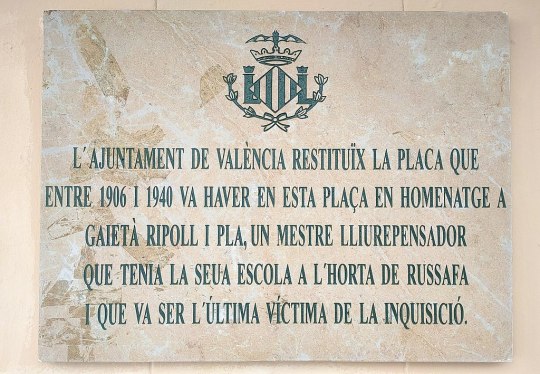
Translation of the plaque: València's City Council restores this plaque which was in this square between the years 1906 and 1940, in homage to Gaietà Ripoll i Pla, a freethinker teacher who had his school in Russafa and who was the Inquisition's last victim.
#història#país valencià#history#inquisition#19th century#1800s#gaietà ripoll i pla#russafa#valència#solsona#did you know#interesting facts#fun facts#european history#historical#society#spanish inquisition
92 notes
·
View notes
Text
okay releasing another short chapter because I think it’s funny, don’t be mean or I’ll actually cry:
Chapter 25
“And this is – COME ON, MOVE FASTER – this is where the train docks. Don’t EVER go inside the train, it’s nothing but rusted metal. Do you know what tetanus is? Do you know what a train is? A train is like a long car.”
I didn’t know what a car was, but lacked the heart to tell her.
Despite her crooked nose (obviously healed from past violence), her imposing frame, and those muscles, Hydna bounded about with the eager friendliness of an over-large puppy. I’d stopped trying to shape my replies to please her, as anything I said, no matter how foolish or petulant, seemed to bring her delight. Most likely I could thank Merulo for lowering her standards of conversation.
“Moving right along now, this is – CAREFUL!” Hydna lunged at me, and I flinched, closing my eyes in brief cowardice, but she only yanked me back from the sink hole I’d been about to step into. “You’re a delicate little thing, so use your eyes, eh?” was my rebuke, along with a shoulder-shattering clap on the back.
“I’m above the average height for men,” I said, pointlessly, for she’d already moved to the next attraction of Poseidon’s Family Fun Resort. This section of the resort looked a proper horror show, with its crumbling merry facades and sun-bleached pigments, bearing the ghostly afterimages of smiling aquatic creatures. When Merulo and I first arrived via portal, we’d evidentially emerged in the section of the resort used for housing visitors, with all the blocky, tall buildings forming a quasi-neighbourhood that radiated out from the newly designated library plaza.
I found it bewildering that this underwater city had been built solely for transient entertainment, though I didn’t doubt Hydna’s explanation. Mentioning this to the sorcerer proved a mistake, as he simply said “Yes, I can imagine thinking is a great effort for you,” and then banished me to spend time with his sister. Or rather to “provide that creature with whatever form of entertainment you see fit, so that I might be spared its company.”
“Are you and Merulo not close?” I asked, remembering the exchange, then winced. I’d interrupted her explanation of a terrifying plastic wheel that stretched many feet up above us, complete with intermittently spaced chairs into which victims might be locked.
“Close?” She sounded baffled – and thankfully unoffended that I hadn’t been listening. “Of course not!”
I squinted up at the dragon woman. She’d dressed herself in relics for the tour, having wasted God knows how much magic in their restoration: a wide-brimmed hat embroidered with water droplets, crammed onto her massive skull, and a shirt stretched painfully tight over what might be either breasts or prodigious pectorals, its smiling fish illustration distorted into a boggle-eyed monster. Her baggy “pants”, which ended mid-thigh, burned an intense yellow-green that didn’t exist in nature. It felt cruel to ask someone so playfully dressed this question.
“Well, you are family! Shouldn’t there be, you know, some underlying love?”
Rather hypocritical, given that my own father likely fell asleep each night thinking of creative ways to kill me, but she didn’t have to know that.
“He’s a walking knife,” came her growled reply.
“Well, yeah.” I kicked around at loose bits of pavement. Intervening in Glenda’s various moods had gone some way toward thickening my skin, but I still shuddered at the waves of displeasure radiating from Hydna. “He’s a lonely guy, I think.”
“Might be less lonely if he weren’t such a piece of shit.” She met my eyes without blinking, and for a sickening moment I found myself mesmerized by their reptilian scarlet.
“You have to. . .” I clenched my teeth and resumed my kicking, concentrating my attentions on a particularly large and rounded chunk. I reminded myself that I owed the sorcerer my life and then some. “I don’t know. Meet him more than half-way? I think he does want company.”
“But is too much of a bastard for company to want him back.”
“Exactly!” I said, delighted that she’d completed my thought. This faded as I saw her expression. “That’s neat that you can raise one eyebrow like that. Good control of . . . uh, of your facial muscles.”
Hydna pointed to a circle of unicorn-sized crabs, complete with saddles, welded to a roofed platform that looked vaguely capable of motion. No half-shouted explanation followed, though; I’d succeeded in puncturing her enthusiasm.
“Those are cool,” I said lamely. Then, “It’s only because he’s been kind to me, when he didn’t have to be. Merulo, I mean. Not that everything’s been perfect, I didn’t much like the whole ‘torture needle’ thing, but –”
“The what?”
“Hang on, I’m coming to a point. Merulo might make a lot of insulting, degrading remarks, and he is overly obsessed with killing God –”
“This is a defense?”
“Hydna, please! What I mean is that, brushing aside all those little details, he’s always been there when I needed him most. Like when Glenda shot me full of arrows, or slit my throat, or –”
“Who the fuck is Glenda?”
“Hydna, come on, I didn’t ask you what a car was!” I rubbed at my stubble, wishing I could reach into my own head to pull my thoughts into order. “Merulo will be there for you, too, if you ever need him,” – and I hoped that was the truth – “So, it’d be good if you could both . . . try.” At her contorted grimace, I added, “I’ll talk to him too, promise. Same speech!”
The dragon woman exhaled deeply. “You’re an annoying little man, Cameron.”
“Again, above average height.”
#it's after the halfway point of the book where things have started going a bit batshit#it starts off as a bog standard European-medieval high fantasy#and then you learn that the entire civilization was built post an apocalypse event#and that the relics of the old society are all technological#so you start going why is this all medieval then? what's with the magic?#and can I say. the answer at the very end is so much dumber than you'll ever guess#(don't worry it's not a hallucination or a dream or the matrix or whatever. everything is real. its just real for a stupid reason)#book
449 notes
·
View notes
Text

Federico Beltrán Massés (Spanish,1885-1949) • Carnival • c. 1925
#art#painting#fine art#art history#federico beltrán massés#spanish artist#genre painting#art deco painting#symbolism#french society#carnival#nocturnal painting#pagan sphinx art blog#art blogs on tumblr#spanish painter#early 20th century european art
72 notes
·
View notes
Text
In Europe everyone sucks at driving, whereas in the United States where driving is pretty much forced to drive daily, 90% of people AGGRESSIVELY suck at driving, and the rest drive like they themselves came up with the spirit of traffic laws and it's been baked into their muscle memory ever since.
#europeans drive way too close to each other so they suck at driving#americans suck at driving because of the many other problems that permeate their society at large honestly#so I think I can blame europeans more
41 notes
·
View notes
Text
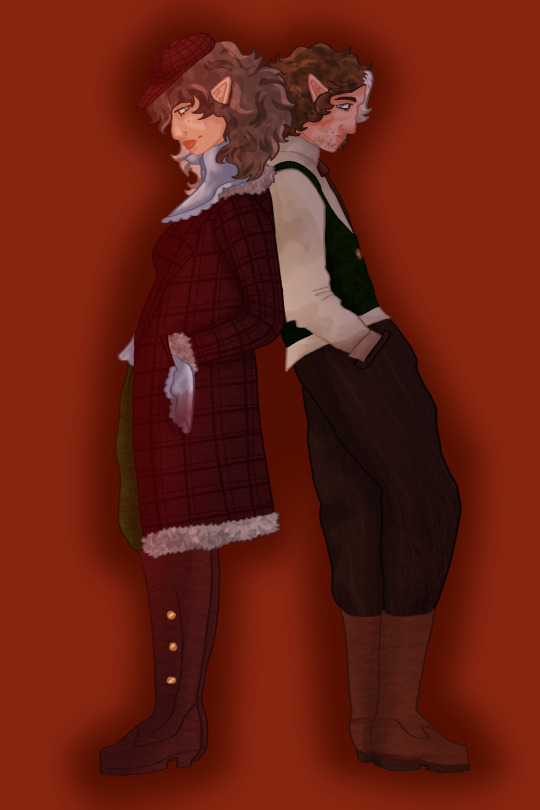
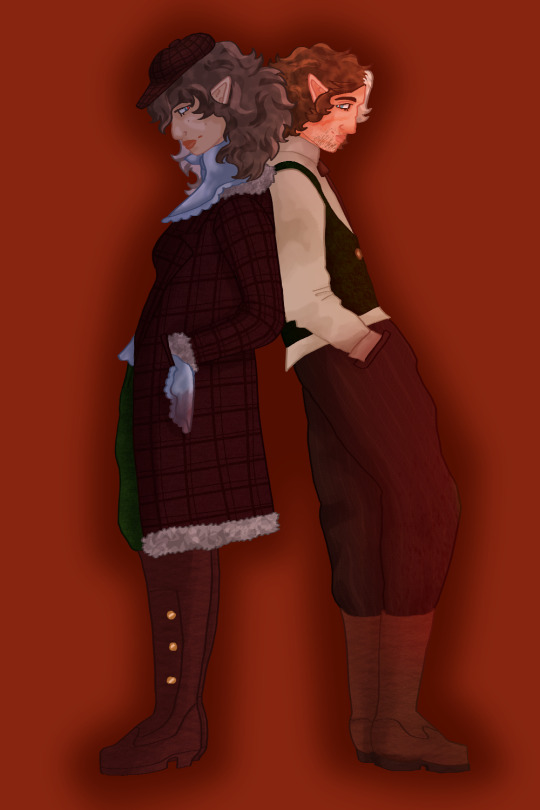
ok. tragically separated wwi era vampire twins.


#seabirds.txt#seabirds.art#mystery twins#gemeos do misterio#q!bagi#q!cellbit#qsmp#i did research 1920s era clothing for this but i based a lot of it off of their mc skins.#cellbit is a sailor turned vampire who ended up in europe during wwi after fighting naval battles at sea and never came home#bagi becomes a journalist to find him and stumbles across vampires along the way not realizing he had become a vampire too#design notes: this all started off of bagi's newsboy cap which was popular in the 1920s with working men. i put her in men's pants because#wanted to give this energy of working a job traditionally not worked by women at the time. <- women started campaigning to work as#journalists notably around the late 1800s and early 1900s (at least in the us and some european countries (couldnt find info on brazil))#i was thinking of nellie bly when thinking of what bagi would be doing in this au! she also has a bandana to hide her neck where her vampir#bite would be and a hanky for blood clean up. perhaps something from home. cellbit is not concerned with hiding his own neck. he's just#wearing a dress shirt LOL. i feel like cellbit would be fully embracing his vampiric tendencies at this point and a part of more vampire#society than human while for bagi it would be the other way around (she's still looking for him in the human world using vampire resources)#that is why he is so bloodstained. i feel like in his free time he would be freelancing detective work for other vampires maybe to gather u#favors or something similar. he's a little bit fancy because of this but still casual enough that there's no suit involved.
43 notes
·
View notes
Text

Gunnar Berndtson (Finnish, 1854-1895)
The Bride's Song, 1881
Finnish National Gallery
#Gunnar Berndtson#finnish art#finnish#finland#the birde's song#1800s#art#fine art#european art#classical art#europe#european#fine arts#oil painting#europa#classic art#dinner#polite society#noble#nobles#nobility#traditional art
68 notes
·
View notes
Photo

Flugt [Flee] (Jonas Poher Rasmussen - 2021)
#Flugt#Flee#drama film#Denmark#Afghanistan#refugees#Jonas Poher Rasmussen#European cinema#Riz Ahmed#life#Nikolaj Coster-Waldau#Amin Nawabi#2020s movies#history#war in Afghanistan#European society#self-discovery#talibans#unaccompanied minor#life story#Copenhagen#gay marriage#withdrawal of US troops#US defeat#Kabul#Joe Biden#2021#US–Taliban deal#CIA#Antony Blinken
6 notes
·
View notes
Text

Backlit shot of a European mantis (Mantis religiosa) next to a mushroom. The widely spaced eyes allow three-dimensional vision required for accurate prey capture. Mantids are cannibalistic and well known for females devouring males before, during or after mating.
Photograph: Panagiotis Dalagiorgos/Royal Entomological Society
Insect Week Photography Awards
#panagiotis dalagiorgos#photographer#royal entomological society#insect#european mantis#mantis religiosa#macro photography#mantids#nature
77 notes
·
View notes
Text
A Night at the Opera, Part II
What to wear?
From The Art of Dressing Well: “The hair should be dressed as for a large evening party, and artificial flowers, jewels, feathers, ribbons, or any style of head-dress peculiar to the fashion may be worn.” “Jewelry must be worn according to the dress, but more is allowable than on most occasions, and the glittering gems are very effective in the brilliant light of a superb opera house.”

James Tissot (French, 1836-1902) • La Mondain (The Lady of Fashion) • 1883-85 • Private collection
There are myths about Victorian women's dress requirements that must be debunked. Firstly, only the ultra-rich could afford to have enough outfits to accommodate the many activities of a busy day. The reality was that women added and shed certain accessories for different activities, without changing their dress five times a day. If she was wearing an afternoon dress but going for a walk, she wouldn't necessarily run to change into a specific walking dress but instead find a hat and parasol and perhaps take off her shawl and replace it with a cape.
Likewise if she were to be invited to the opera. The dress she would choose wouldn't be one that could only be worn to the opera. Instead, the Victorian women would choose her most formal dress, add her best jewelry, and if she had them, wear an opera cape and bonnet. If she did not possess the latter, she could borrow them or make do with her best coat. That woman may not have been among the fashionistas in the audience, as described below, but maybe she enjoyed the opera and didn't care. I get a bit of pleasure imaging that at least a few women didn't give a toss about what others thought! This in spite of my interest in fashion history!
One source stated that it was typical for women (and perhaps men?) to dress according to where they sat but it was not elaborated upon. I assume the more expensive the seating, the fancier the dress.
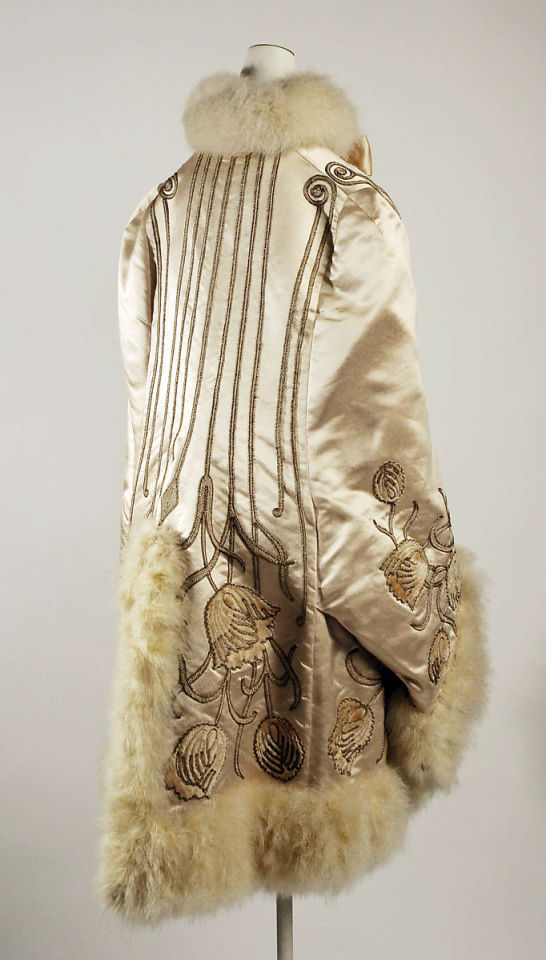
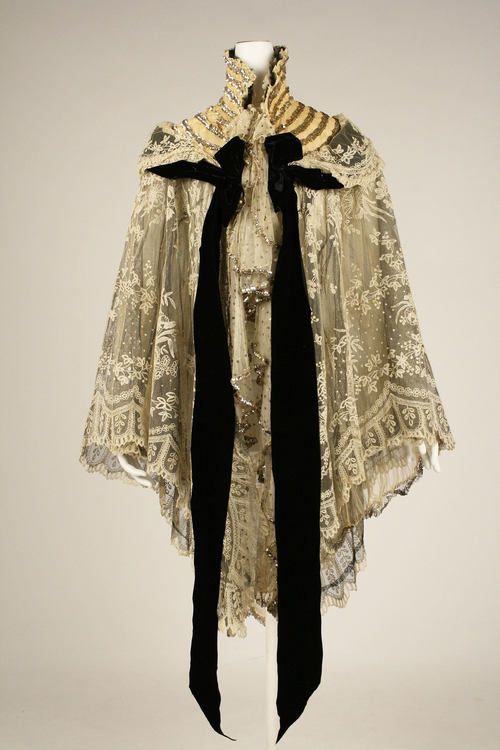
“Well-dressed as well as handsome ladies are looked for in the audience of an opera, and it is out of harmony with the scene and surroundings to see sombre draperies, heavy bonnets, and dull faces. Ladies are supposed to be seen, as well as to see, and are often the most beautiful part of the display. They should not spoil the beauty of the auditorium by wrapping themselves in cloaks or shawls.” -The Art of Dressing Well

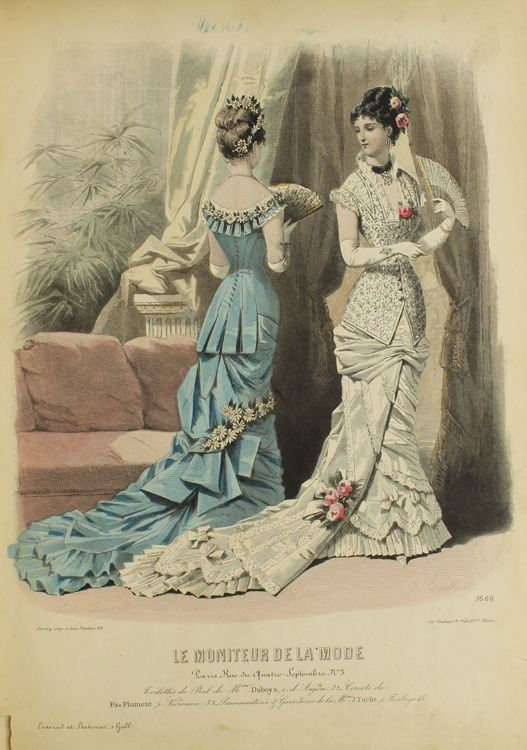


* Sorry, not all sources are cited, as I lost track by not keeping notes.
Part I is here.
#fashion history#victorian fashion#victorian opera clothing#women's formal wear#opera cloak#james tissot#art history#painting#art#victorian fashion plates#french artist#paris fashion#1880s formal fashion#the resplendent outfit blog#high society genre painting#fine art#19th century european art
32 notes
·
View notes
Text

Norbert Höchtlen, [Timbre commémoratif de l'ICM 1998 à Berlin], [International Congress of Mathematicians, Berlin, August 18-27, 1998], 1998 [Collection de l'Institut Henri Poincaré, Paris. CC BY-NC-SA 4.0 Deed]
#graphic design#mathematics#geometry#stamp#postage stamp#conference#norbert höchtlen#european mathematical society#emis#european mathematical information service#collection de l'institut henri poincaré#1990s
29 notes
·
View notes
Text
as much as Zionism is a colonial project (though I tend to take the view as expressed in "Decolonizing Jewishness" re: Zionism as failed decolonization attempt) I think it's extremely reductive to claim that Ashkenormativity is to blame for the colonial nature of the Zionist reality. as more and more people from outside of Jewish spaces are introduced to the concept of Ashkenormativity, "Ashkenazi" is being used as a synonym for white and for colonizer.
this is not the whole picture. first and foremost, a large percentage of Ashkenazim are not white, though of course many of us are. conflating Ashkenazim with whiteness, both inside and outside of the Jewish community, contributes to the erasure of Jewish People of Color. additonally, the first Jews in the western hemisphere, arriving with conquistadors and colonizers, were, in fact, Sephardi. in the US, almost every Jewish person was Sephardi until the second half of the 19th century. Sephardi and Mizrahi Jews have also historically participated in and currently participate in Zionism, including in the settlements. furthermore, when we're talking about Israel's suppression of diasporic culture, a very real phenomenon, we need to discuss how many Ashkenazi cultural elements were also suppressed - including Yiddish and Ashkenazi Hebrew. in fact, Ashkenazim from Europe who wanted to hang onto their diasporic cultures were considered weak and effeminate. this reality should make sense to everyone who is aware of how Holocaust survivors are treated in Israel. in Israeli society, there is contempt for EVERY Jewish culture that is not Israeli, and of course that is compounded and exacerbated by racism for Mizrahi, Ethiopian, Indian, and other Jewish groups of color.
it's not the same dichotomy as the Black vs white dichotomy set up by US/UK/French/Spanish/etc colonization, and the term "Ashkenormativity" being taken out of Jewish contexts and applied to Zionism just makes Ashkenazim a convenient scapegoat for all the evils of Zionism. the main consequence I'm seeing is the idea that Ashkenazim are "fake European Jews" in contrast to the "real Middle Eastern Jews." this idea hurts us all. Jewish people are from every corner of the globe, and every Jewish person is a real Jewish person. I'm asking those of us who are pro-Palestine to tread very carefully when discussing this issue, and maybe retire the use of "Ashkenormativity" when it comes to discussing the racism of Zionism, which Jewish people from every diasporic background can and do participate in. Ashkenormativity refers to the centering of Ashkenazi history and customs when discussing Jewishness, and I'm really concerned that the way I'm seeing it used does not meet that definition and is not helpful (and maybe ends up centering Ashkenazi "evilness" or "Europeanness" while still not discussing Sephardi, Mizrahi, and other Jewish diasporic group's histories at all outside of their interactions with Ashkenazim in Israel). there's a lot of racism Jewish spaces, in Zionism, and in Israeli society, I just think we should call it racism and white supremacy.
#Zionism#free Palestine#asking this as a pro palestine ashki jew#just please consider that this situation is not equivalent or the same as western european colonization#while it is accurate to say that Zionism started in Europe and centers a European jewish experience#Ashkenazi is not a direct equivalent to white or european#many sephardim are white#the are other Jewish diasporic groups who are white or european#and you are spreading antisemitism when you say or imply that Ashkenazim are not really Jewish or aren't real Jews#or are less real than other Jewish diasporic group's#also looking at the politics of Israel if you removed every single Ashki person from the country the politics would likely swing far right#it's just not as black and white as yall want to make#and taking jewish conversations about very real issues within our community and applying those terms outwards as stand ins#for issues within colonial societies like racism#doesn't really work
30 notes
·
View notes